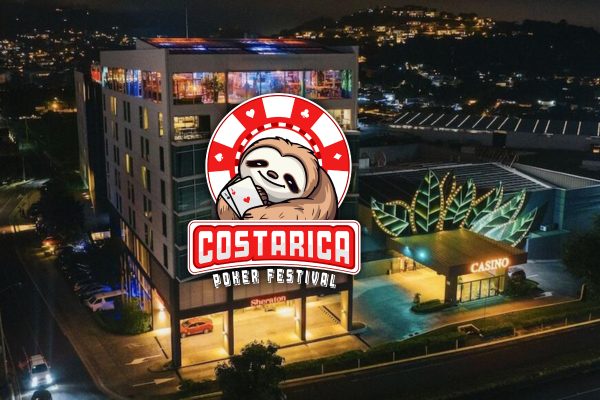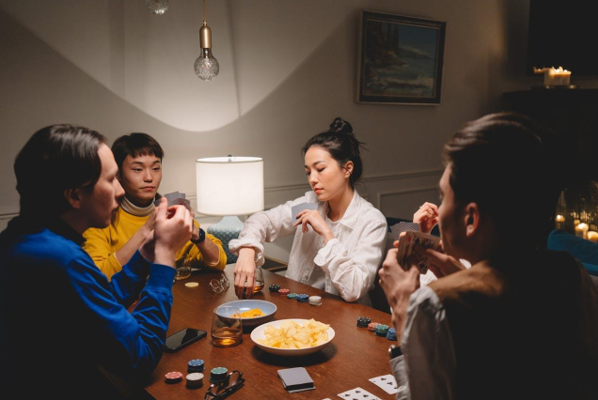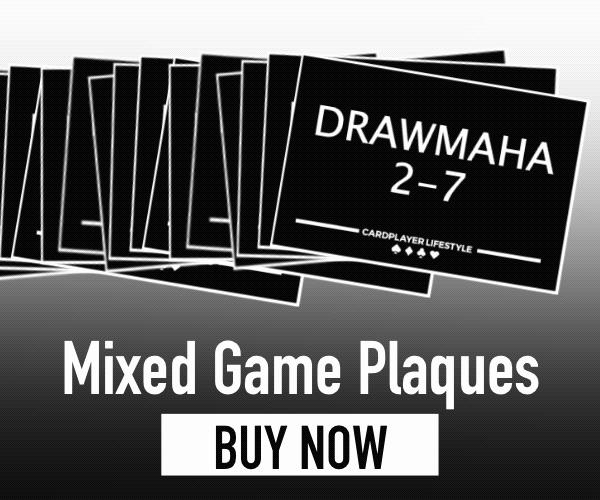Televised poker has never looked slicker. We have multi-angle HD cameras, RFID cards revealing hole cards in real time, and elite broadcasters providing sharp, insightful commentary. Yet, despite all these upgrades, the product feels a little bit hollow these days. Why? Because for the most part it lacks what once made poker on TV a global phenomenon: relatable stories and meaningful stakes.
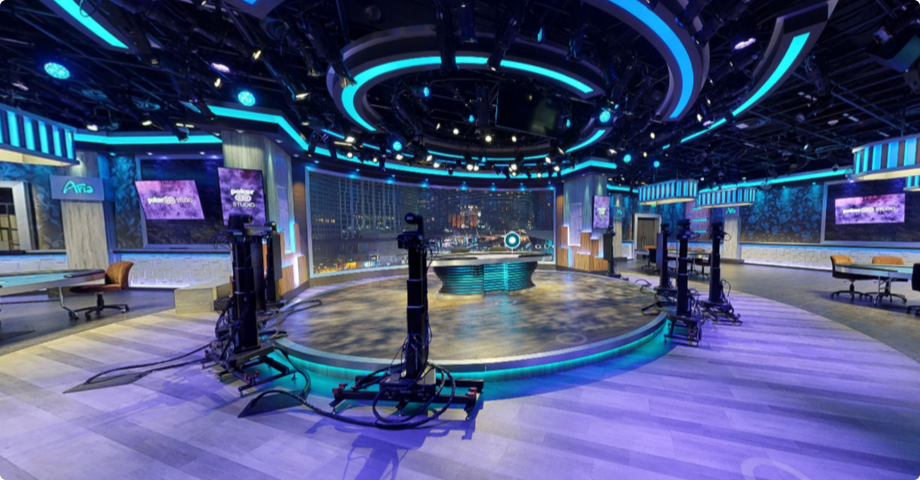
Image credit: PokerGO/PGT
Indeed, there was a time when televised high stakes poker captured the collective imagination of fans everywhere. The numbers on screen weren’t just chips – they were life-changing sums that fueled poker books, created (or broke!) legends, and sparked late-night conversations at home poker games just as much as water cooler conversations at the office. Today, however, even when millions of dollars are on the line, with rare exception live streams and televised poker just don’t feel like they pack the same punch they used to. In this article I’ll explore the issue of why and what, if anything, can be done to recapture the hearts, minds, and eyeballs of televised poker’s heyday.
We recently bore witness to poker history being made. Dan “Jungleman” Cates and Ossi Ketola (a.k.a., “Monarch”) squared off in multiple multimillion-dollar heads-up matches streamed on YouTube at Rob Yong‘s Onyx Club in Cyprus. The stream featured some of the biggest pots ever seen and more money in play than most of us could dream of. As of approximately one week after the match’s conclusion, the live-stream has pulled in about 250K viewers. With no disrespect meant to Yong or the players, it wasn’t exactly what one would deem a “cultural moment” in the poker world.
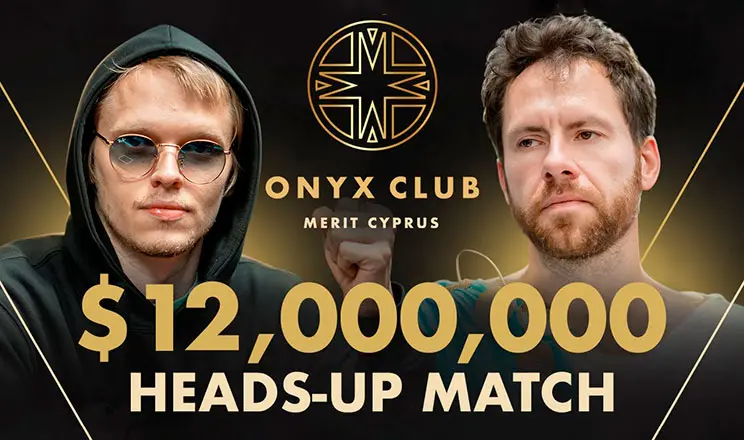
Doug Polk covered the Jungleman vs. Monarch showdown on his YouTube channel, breaking down the biggest hands and highlighting just how crazy the swings were. His recap has pulled in over 660K views as of this publishing – far more than double the actual heads-up match!
Something doesn’t compute.
If multimillion-dollar pots, elite poker talent, and professional production can’t turn a heads-up clash into an iconic moment, maybe the problem isn’t the play or the stakes. Maybe it’s the packaging.
Maybe televised poker isn’t just about the money. Maybe the “solve” lies in the people and their stories.
Packaging Matters More Than Pots
Great poker television has always been about more than just the cards.
Obviously more expensive, but the general public much prefers edited, and even those are too slow for some people I talk to
— Steve Ruddock (@SteveRuddock) August 25, 2025
Take PokerStars’ The Big Game on Tour. While the players are playing for high stakes, it’s not the money itself that captures viewer interest and makes people want to tune in, but rather the tantalizing idea of seeing whether the “Loose Cannon” might be able to beat the pros when given a $50,000 bankroll to play those high stakes. The show is about casting colorful personalities, creating story arcs, and making audiences care about the people around the table. Similarly, PokerGO’s High Stakes Poker is premium, edited episodic poker content that grips viewers by weaving strategy with drama, competition, and – critically – character development.
Of course it costs a lot more and takes a lot longer to produce edited, episodic poker content versus just firing up a livestream, but when done well the investment is bound to pay off as far as the show’s character depth and potential to attract a larger audience and cast a wider net beyond hardcore poker fans.
Compare that with a raw livestream of two players trading seven-figure pots. The poker might be elite. The commentary might be strong. But unless viewers already know and really care a lot about the players involved in the match, there’s no built-in emotional hook. For most poker fans, that kind of match is simply too far removed from their own experience.
Moreover, we’d be remiss to not also acknowledge the “attention economy” factor. Poker is competing with the entire internet in an era where viewers have endless choices. Live streams are great for poker, but they will never command the same broad appeal as well-produced, edited broadcasts. For the casual fan, a multi-hour live stream filled with quiet folds doesn’t hold a candle to a polished episode with pacing, storylines, and commentary.
Televised Poker: Relatability Sells
Think back to some memorable pots on High Stakes Poker: Barry Greenstein‘s face after losing a $919k pot to Tom Dwan when they ran it once. David Benyamine‘s shaky voice during negotiations with Guy Laliberte with $1.2 million on the line. Contrast watching those emotions unfold on camera versus reading Monarch’s post-match reflections:
lol rip ~$19m in one sitting
worth the content though
— Monarch (@Monarch) August 20, 2025
$19 million is the kind of money that even some lottery winners don’t get their hands on. So when Monarch’s entire attitude towards the match can be encapsulated by laughing off the loss as “worth the content”, how could we viewers be expected to care much?
And Jungleman, for his part – ultra-talented and decorated a poker player though he might be – might’ve won millions on paper, but took home a far smaller percentage of that money after paying those who staked him for the match. To him, the victory was “symbolic”…
With my 15m win Vs @Monarch, I had a small piece of myself but actually it’s symbolic in that I’m happy to make my supporters money and do it for the good of the game.
I will as usual continue to invest it in growth, in creating a better community via https://t.co/moWEhHTrxr…
— Daniel Cates 🇺🇸 🌎 (@junglemandan) August 20, 2025
That’s another major part of what’s “broken” with televised poker. It’s hard enough for the average player – or even the average poker fan – to connect with high stakes poker, but when the money itself doesn’t really matter to the players competing?!
The problem isn’t with the broadcasters or the production. You can have phenomenal commentators explain the nuance, the ranges, the leveling wars, and more. But if the players don’t feel the stakes, the average viewer certainly won’t feel the stakes; they’ll tune out. There’s zero emotional connection.
Heck, my low-stakes home game would be more exciting to watch! We might only have a couple hundred dollars on the line at most, but the joy or disgust we feel when losing a pot is palpable, and the great time we’re having would be something apparent and resonant to anyone watching us.
That moment you make a last-minute decision to play in a home game and end up taking ALL the money… every last shekel #cashgame #whatarush pic.twitter.com/1L1rL0MQ6F
— Robbie Strazynski (@cardplayerlife) February 3, 2017
What Makes Televised Poker Appealing to Watch?
So what’s the solution? It’s not simply raising the blinds or finding wealthier players. It’s about creating shows that people want to watch. In my view, there are four main pillars:
Invest More in Storytelling: Don’t just broadcast hands. Tell us who these people are, why they matter, and what’s at stake for them personally. Mainstream audience viewers don’t need more poker stats, they need narratives.
Edit for Drama: Live streams are great for hardcore fans, but edited episodes remain unmatched for creating iconic moments. Poker needs producers who can cut the fat, highlight key hands, and build suspense.
Cast Characters, Not Just Crushers: The best poker shows balance elite pros with memorable personalities, heroes with villains. Much like any other reality show, character-driven content is what makes televised poker sticky. Putting together great poker lineups is a tall task. It’s not a science; it’s an art.
Keep Stakes Aspirational, Not Alienating: Big prize pools excite people, but big reactions live in our heads rent-free. You need not have a seven-figure pot to drive a very real reaction from a player who wears their emotions on their sleeve. The sweet spot is offering amounts that inspire without pushing the game into Monopoly money territory.
Whither Televised Poker’s Identity?
Televised poker doesn’t have a problem with talent, commentary, or production quality. It has a problem with identity. It seems like the cameras are chasing higher and higher stakes while not focusing enough on what truly hooks an audience: characters, storylines, and relatable dreams.
Televised poker doesn’t need to keep going higher to keep our attention. It needs to go deeper. Into the stories of its players. Into the narratives that make a casual viewer root for someone they’ve never met. Into the packaging that turns a good game into must-watch television.
Because at the end of the day, the hand history might be forgotten, but the story never is.



